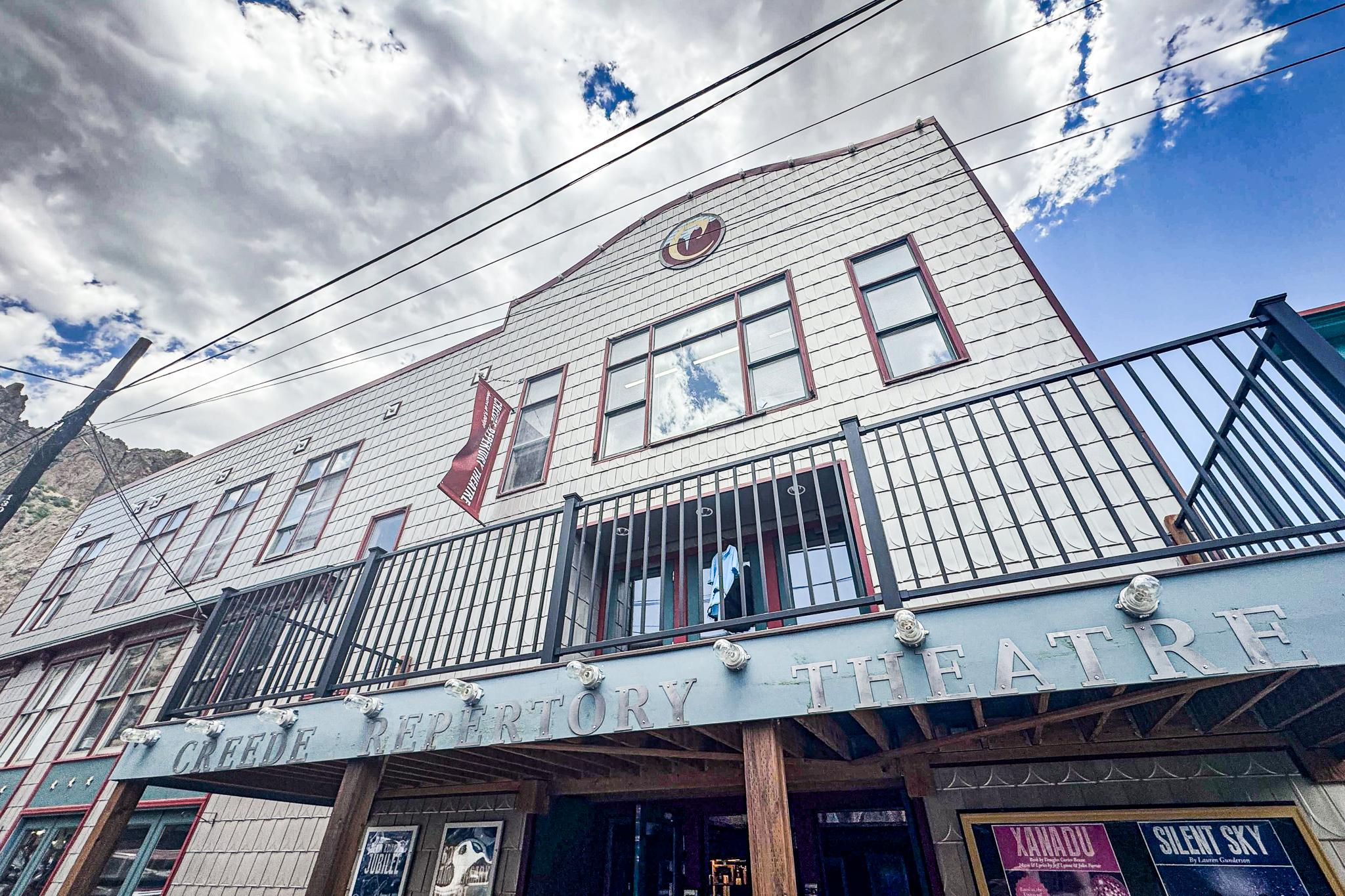
Creede Repertory Theatre
The Creede Opera House was built to show movies to miners. But by the mid-’60s, as both mining and the town seemed tapped out, the opera house was boarded up.
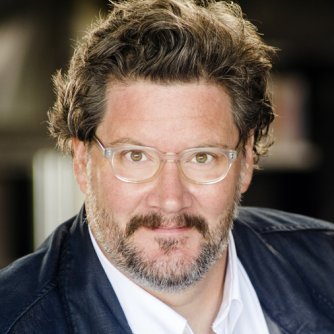
By Jon Pinnow
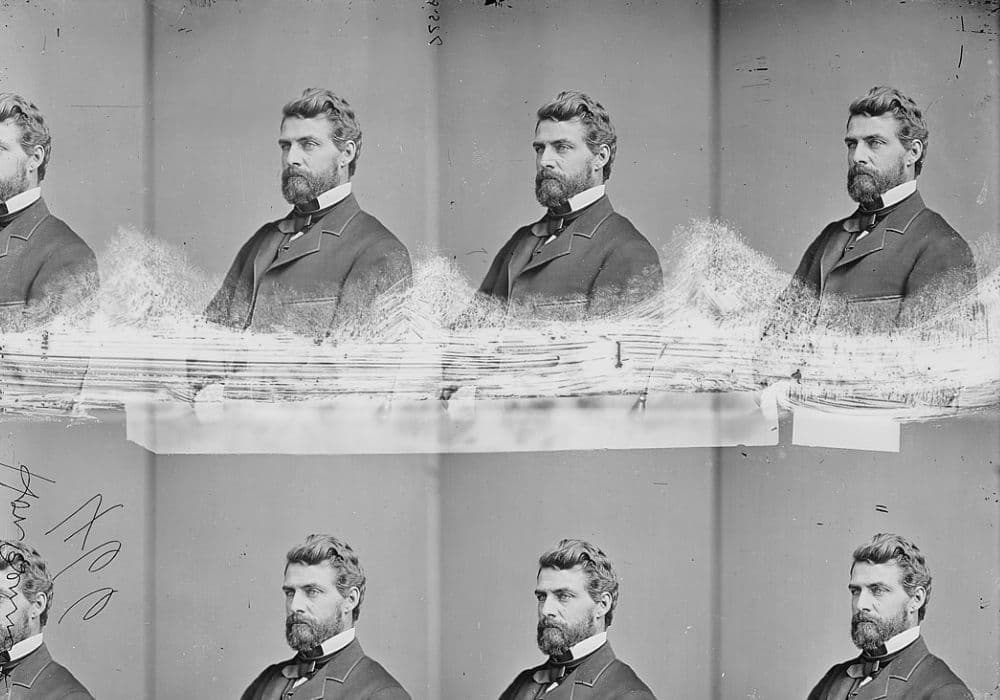
Hiram Bennett
Before Colorado became a state, “law and order” came down to vigilantism, or a criminal code with three punishments: whipping, banishment, or death.

By Jon Pinnow
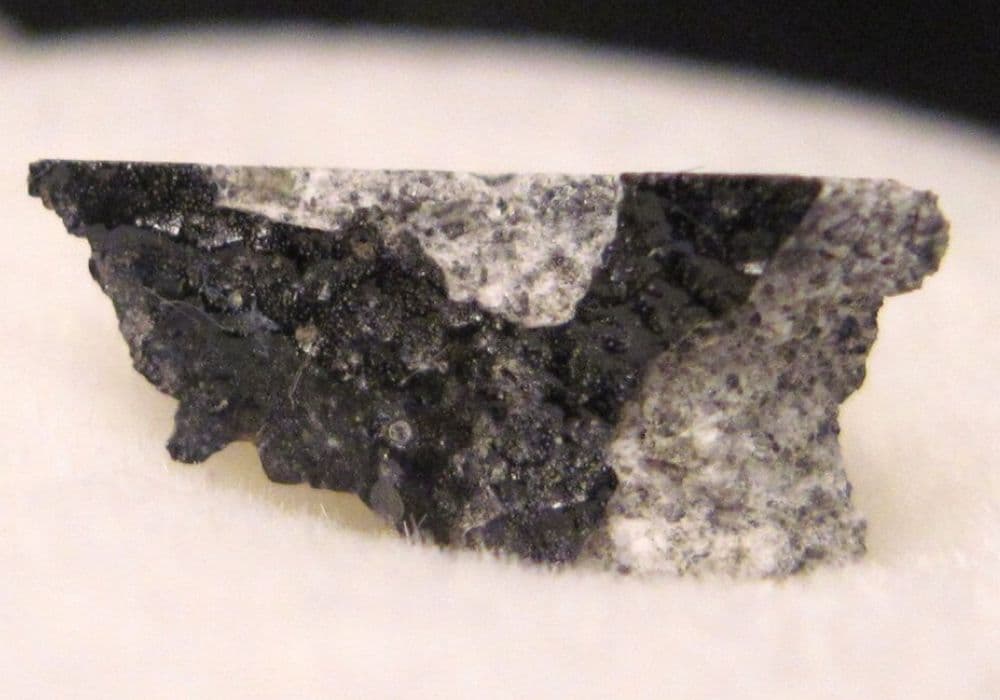
Berthoud Meteorite
October 2004, in a backyard near Berthoud. A couple step outside, hear a strange whooshing overhead and duck!

By Jon Pinnow
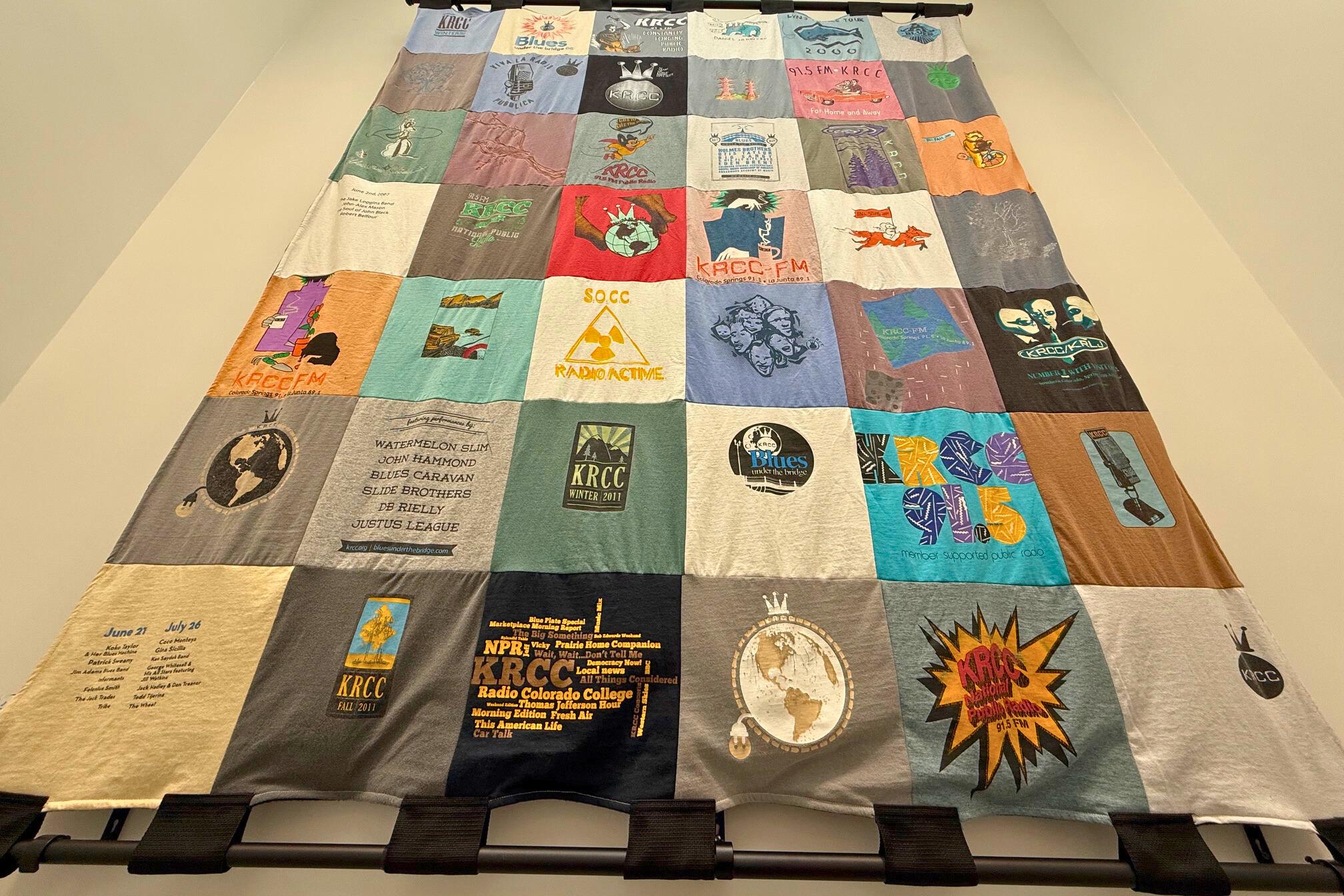
More than 30 years of KRCC history in one t-shirt quilt
These aren’t your average t-shirts, and this is more than a quilt, made by a daughter for her father.

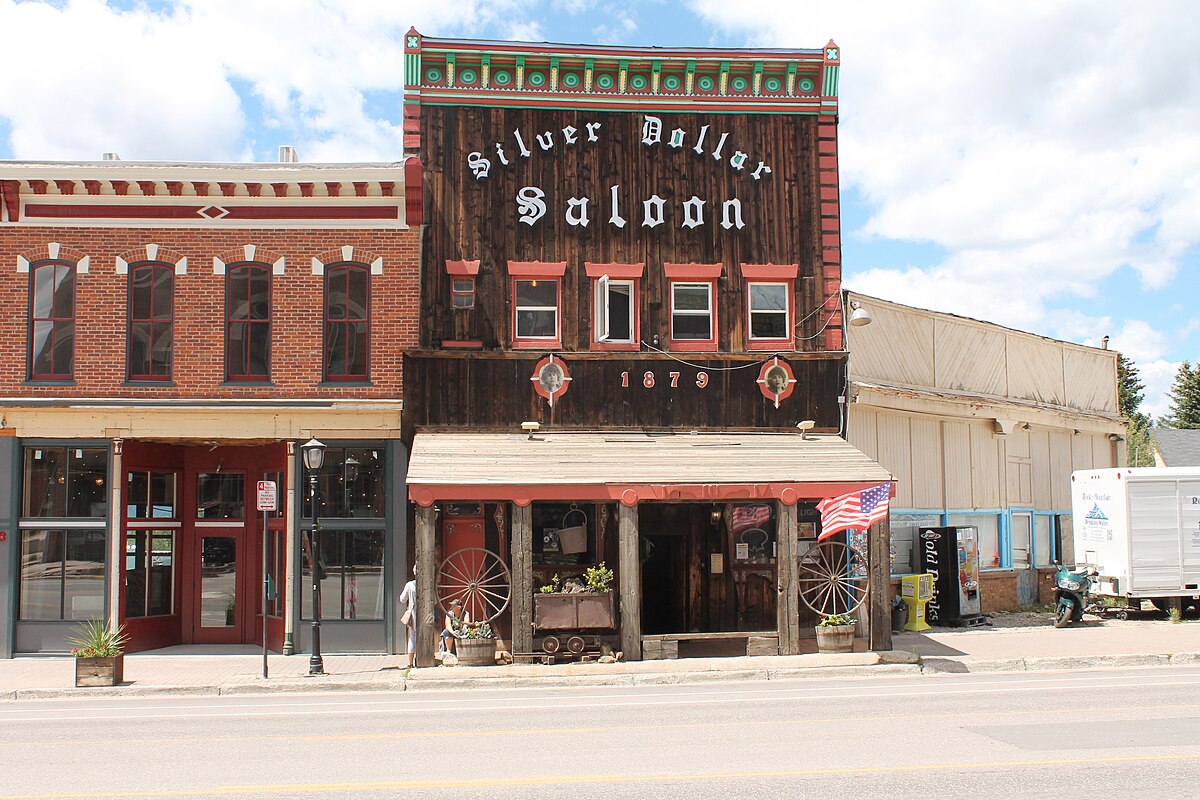
Silver Dollar Saloon
Time-travel back to Colorado’s Wild West past: step onto the creaky floorboards of Leadville’s Silver Dollar Saloon.

By Jon Pinnow

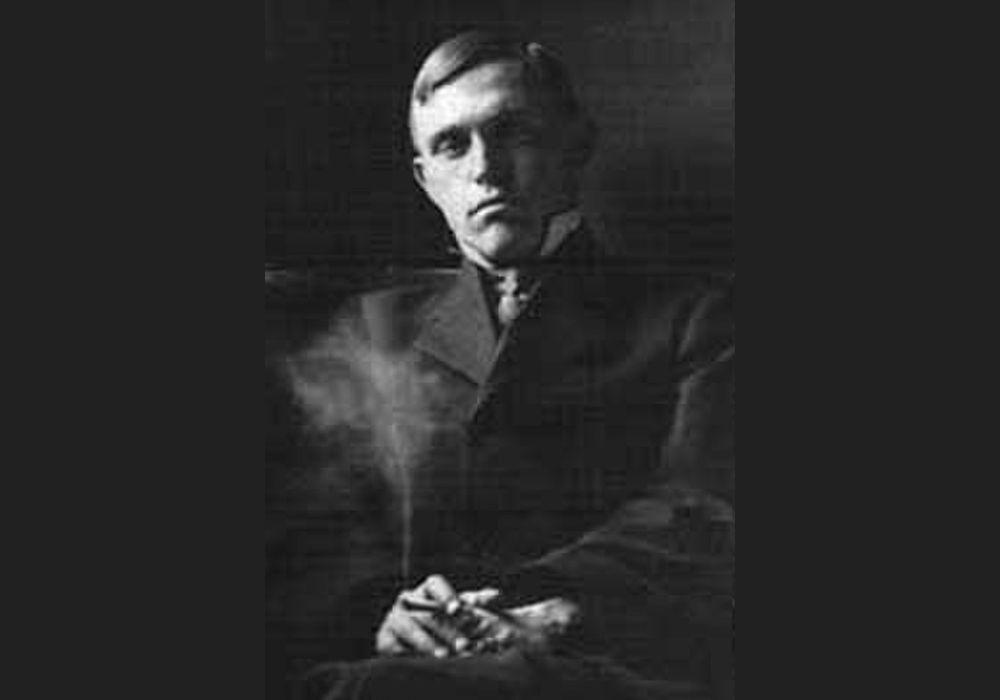
Damon Runyon
Before Damon Runyon gave us Guys and Dolls, he was a teenage sportswriter in Pueblo. At fifteen, Runyon was already hammering out baseball stories between shots of whiskey.

By Jon Pinnow

Cherrelyn Horse Car
Up by horse, down by gravity. In the late 1800s in present-day Englewood, electric streetcars stopped near Hampden and South Broadway.

By Jon Pinnow
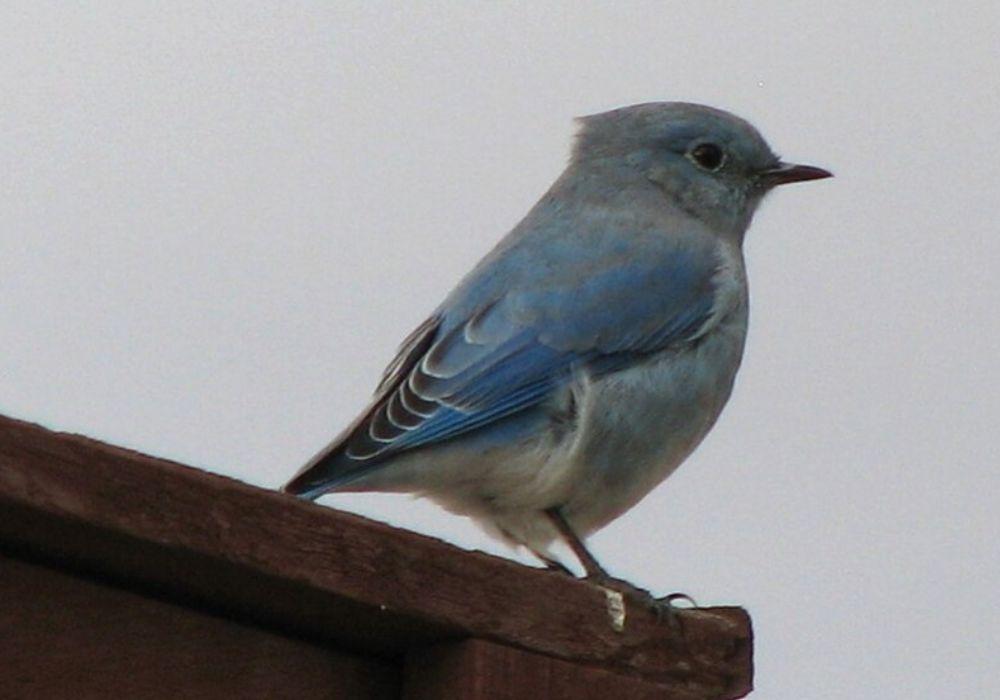
Mountain Bluebird
Bird lovers know Colorado is the home of the blues — bluebirds, that is.

By Jon Pinnow
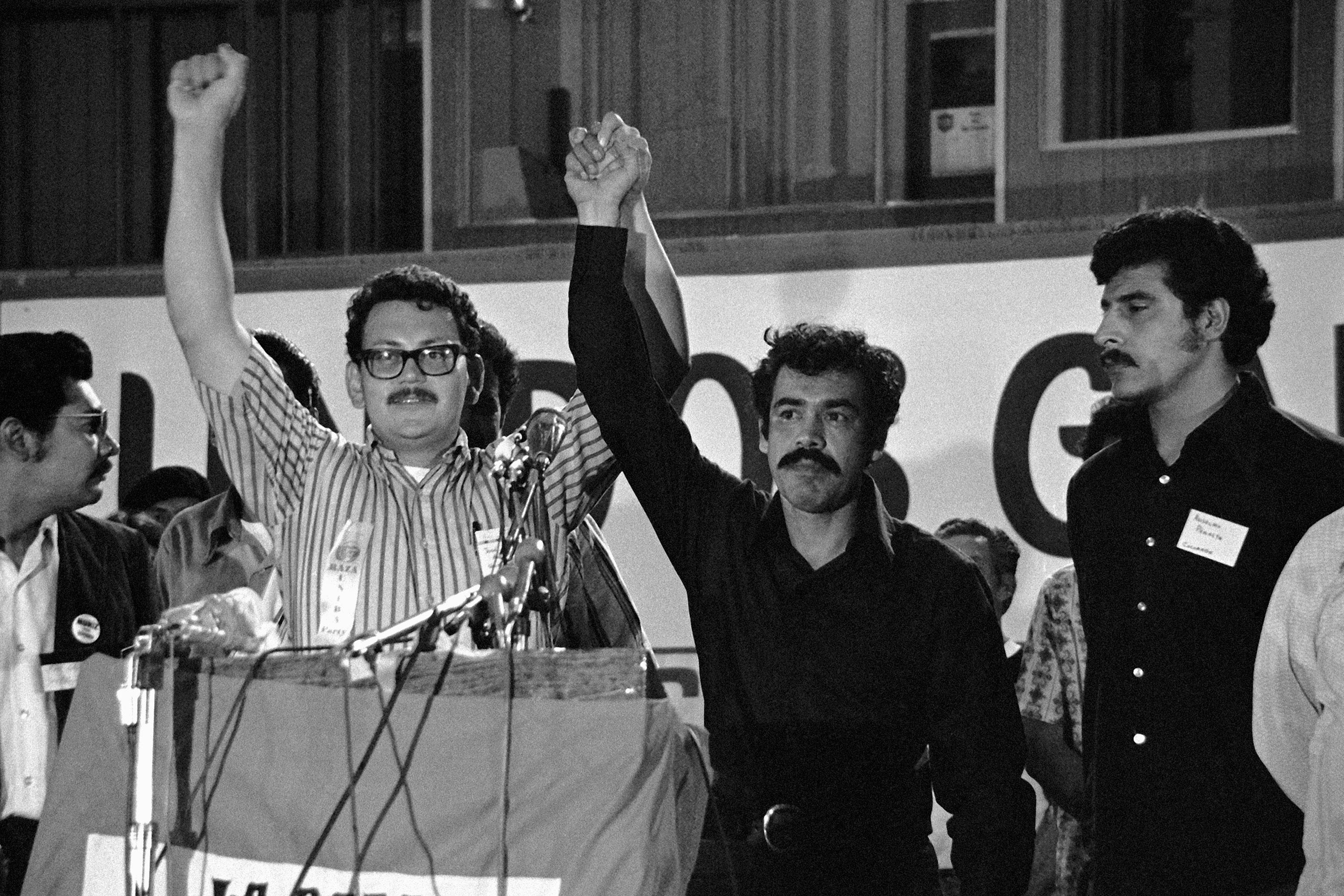
Rodolfo “Corky” Gonzales
The CPR studios welcomed students from Julia Cogan and Miriam O’Connor’s 5th-grade class from Escuela de Guadalupe.
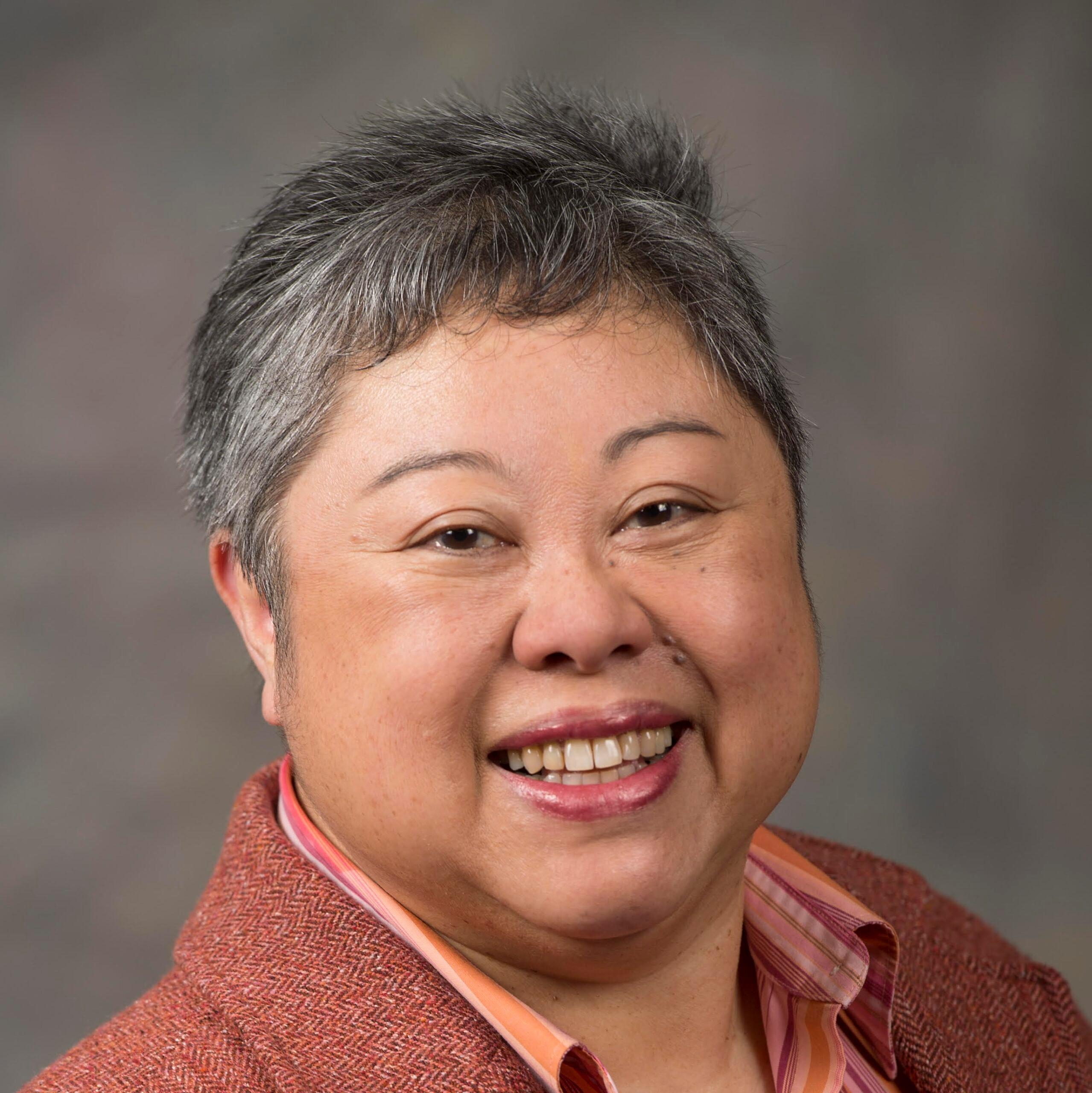
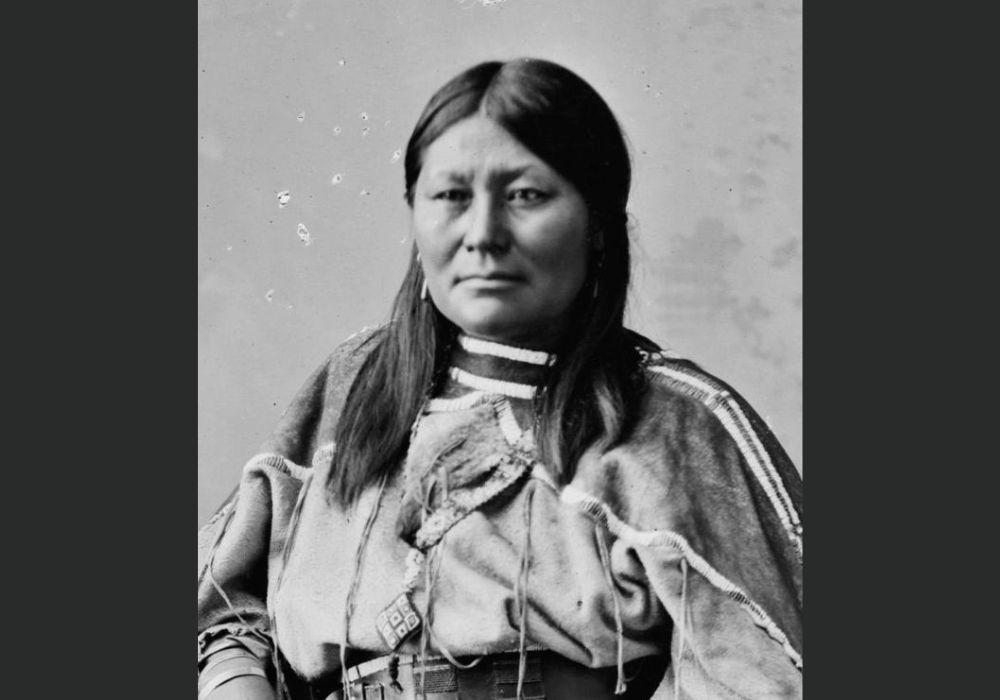
Chipeta
In the fraught story of the early years of Colorado settlement, you’ll find two revered figures beside each other: Chief Ouray and his confidante, Chipeta.

By Jon Pinnow

Antoinette “Tony” Perry
Broadway’s best plays and musicals, and people on and off the stage, are honored every year in an awards ceremony named for a Denverite.

By Jon Pinnow
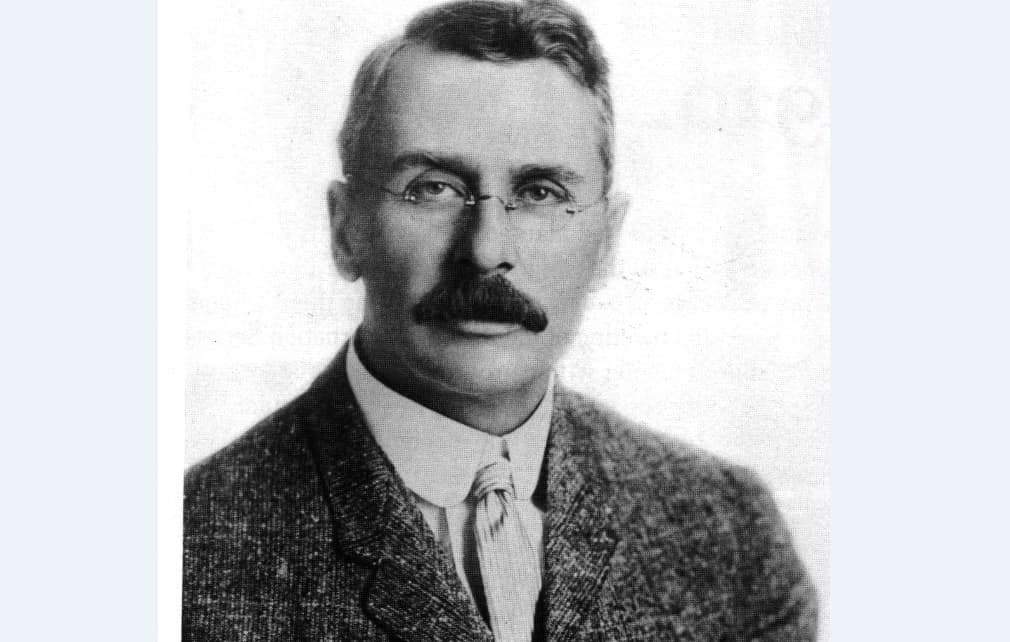
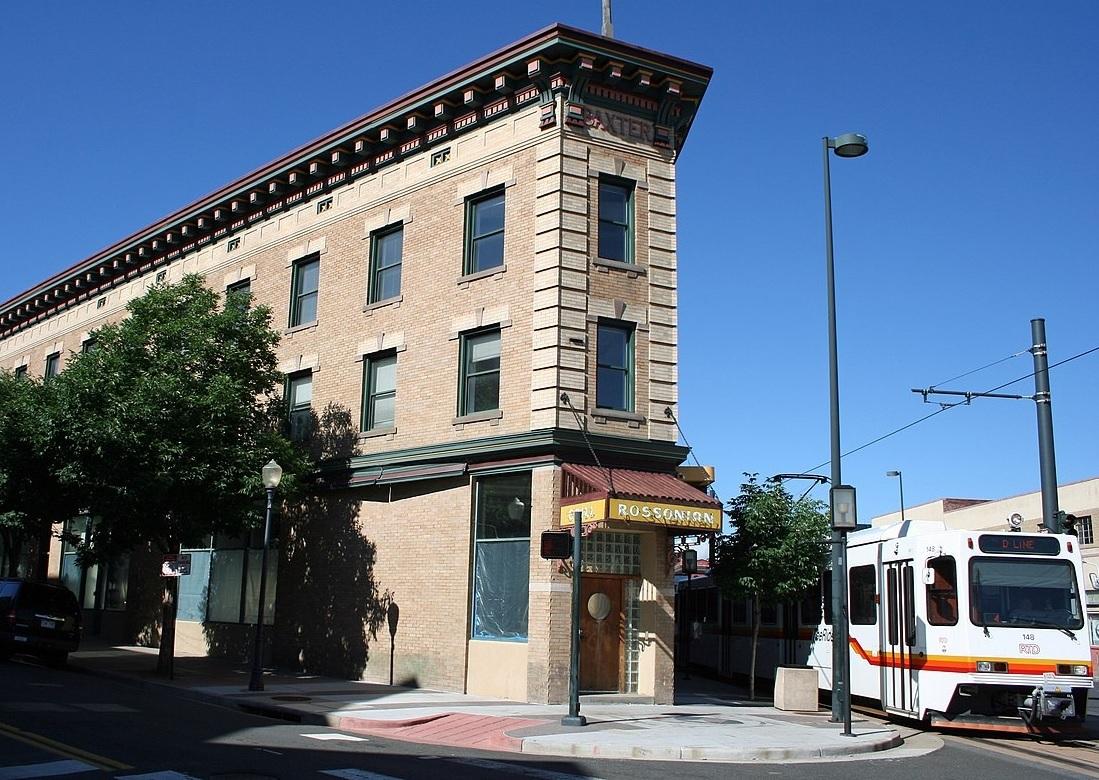
Rossonian Hotel
When Denver’s Five Points was the Harlem of the West, the Rossonian Hotel was an especially hot spot.

By Jon Pinnow
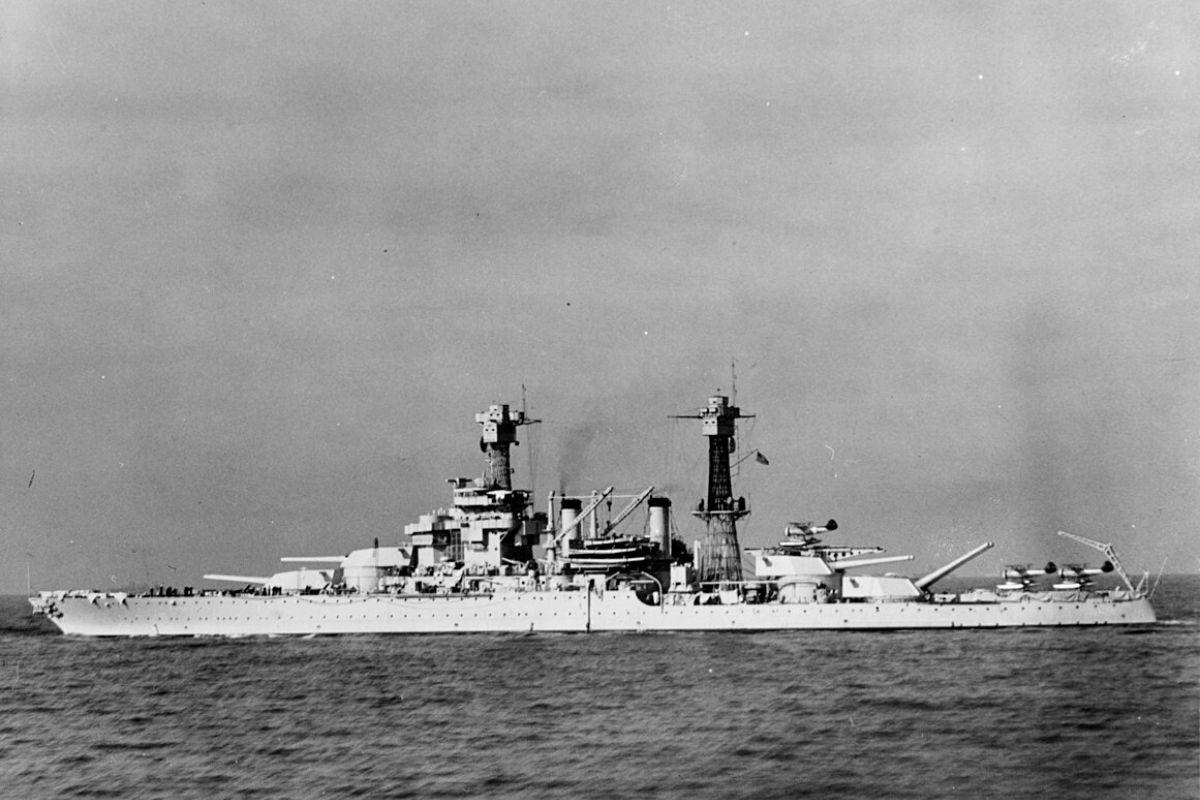
USS Colorado
Colorado is far from the ocean, but the state’s name has sailed the high seas on four different vessels since 1858. The first was a steam frigate.

By Jon Pinnow
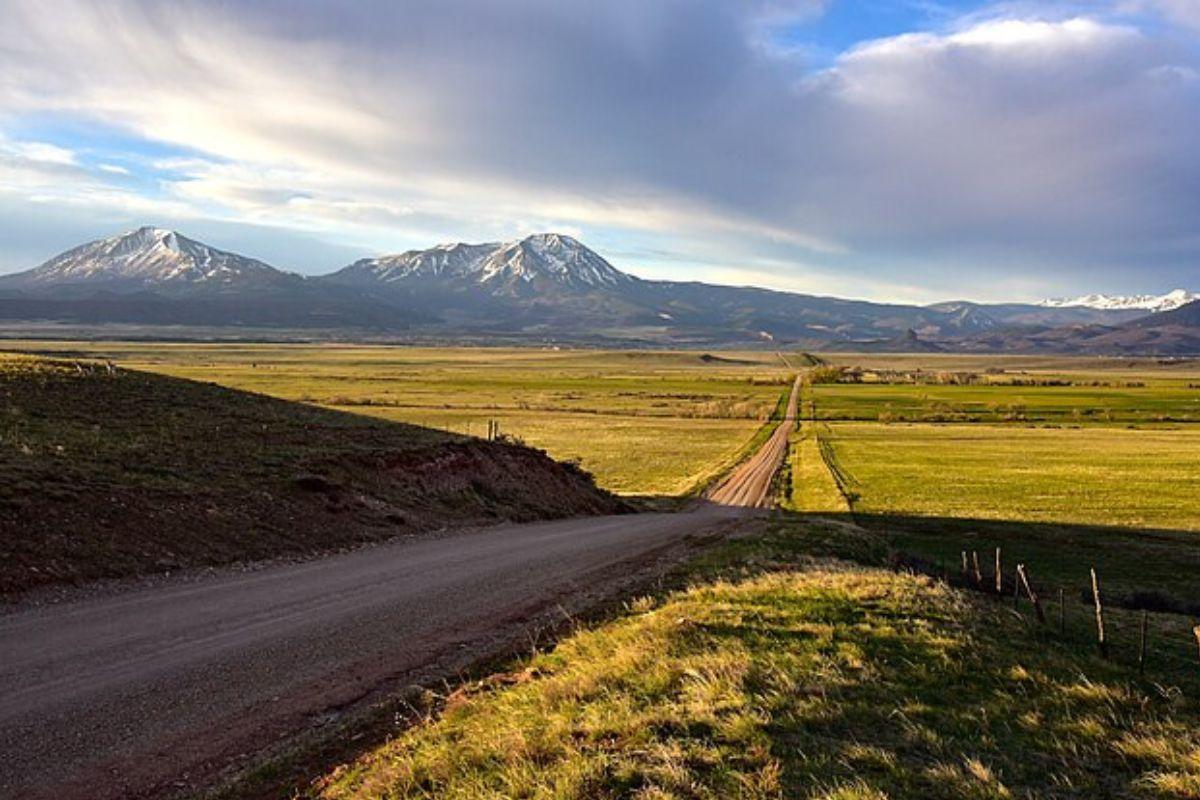
Spanish Peaks
In Southern Colorado, the Spanish Peaks appear as a pair, a “double mountain” of mystical significance to Native peoples.

By Jon Pinnow
